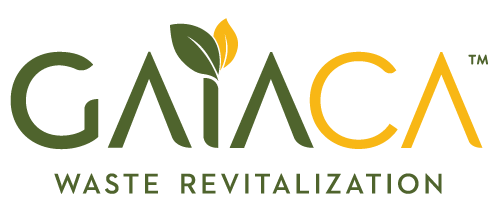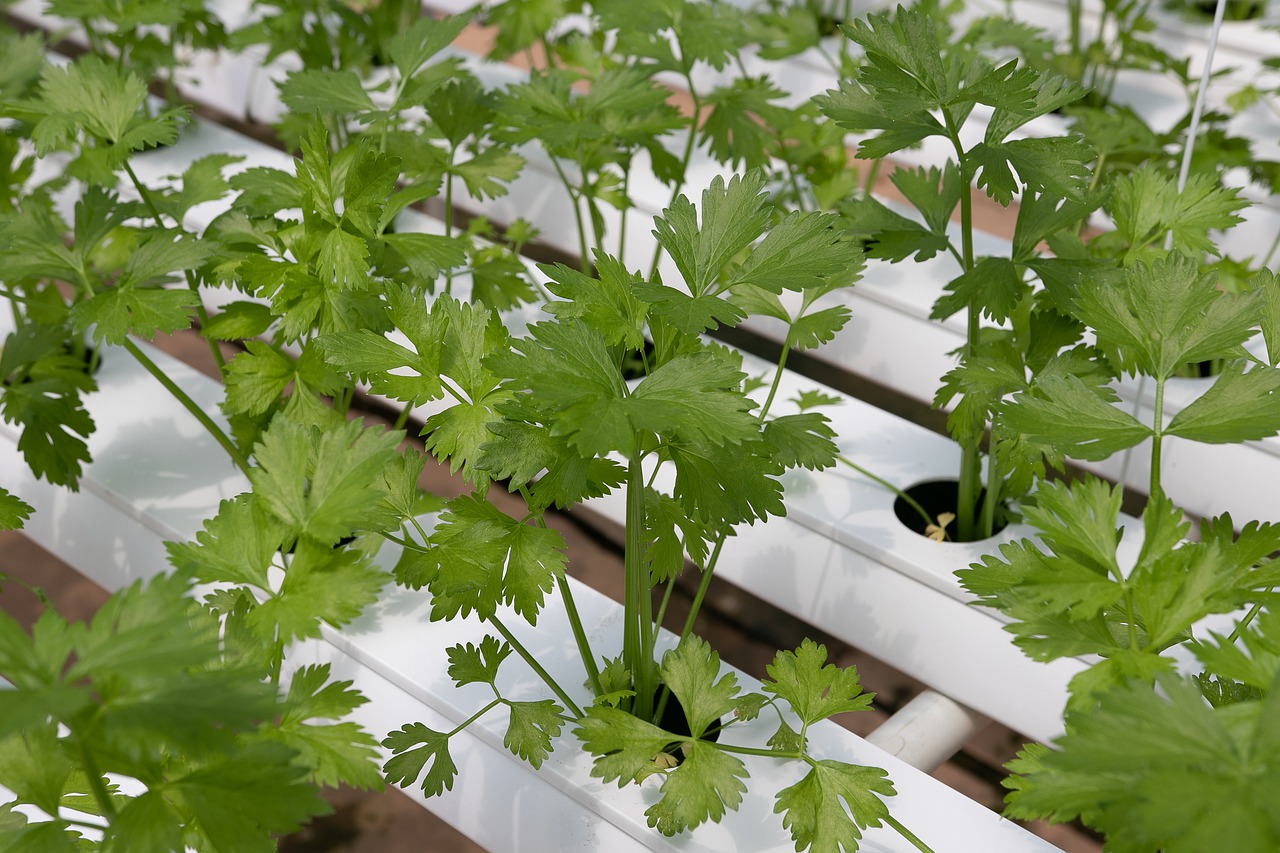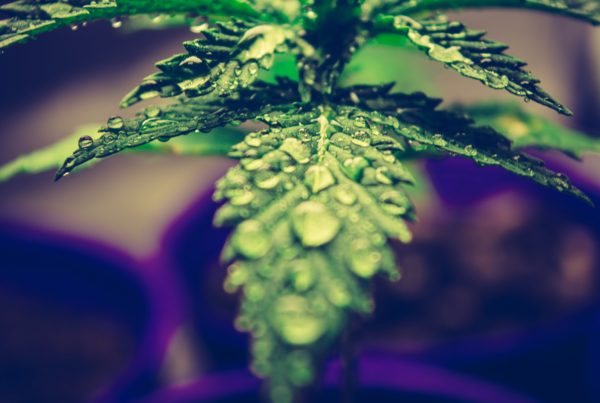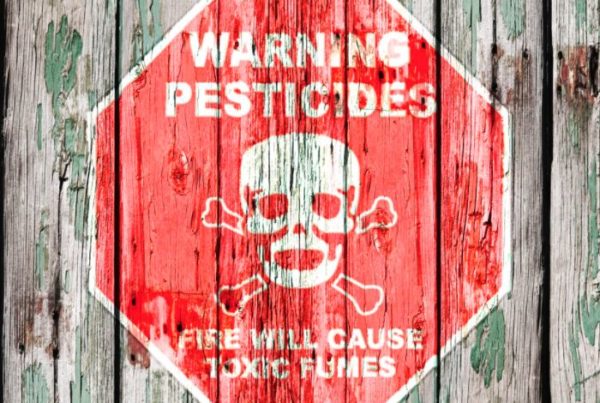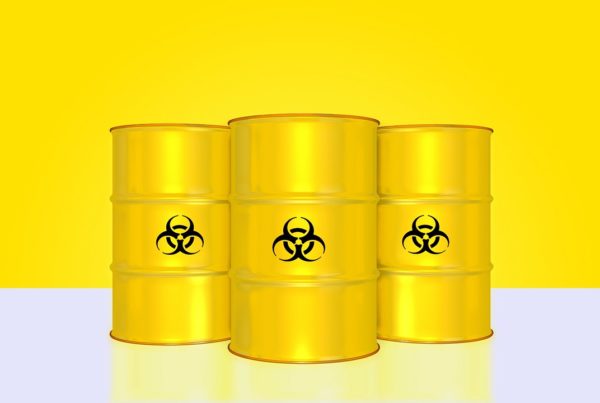A hydroponic system gives you total control of the nutrients that your plants receive. But are hydroponic nutrients safe for the environment and for the plants themselves? The simple answer is yes…as long as you use the appropriate nutrients and understand how to properly dispose of them. Different plants require different nutrients at each stage of growth, and the ratios are extremely important as well.
Why Hydroponics Is Safe for Production and Human Consumption
A hydroponic system feeds nutrients straight to your plants without the need for nutrient-rich soil. While traditional soil is an efficient source of nutrients, it’s also an abundant source of pests, soil-borne disease, and potentially harmful temperature fluctuations. And you often have to apply harsh pesticides just to ensure an abundant harvest.
With a hydroponic solution, all you need are the water and the nutrients. It’s a much easier and cleaner solution, and you don’t have to worry about any foreign contaminants invading your food supply or immediate environment.
Why Hydroponics Is Safe for the Environment
Hydroponics is the eco-friendly gardening solution for several reasons.
- It requires only 10% as much water as you would need for soil. In a hydroponic system, the water supply is cycled repeatedly to deliver nutrients to the plants, so there’s far less water loss.
- Most hydroponic systems require no pesticides. Pesticides not only have adverse health effects; they can also harm the local ecosystem by damaging soil, killing nearby plant life, and even endangering animals (such as birds).
- Hydroponic systems require no topsoil, so there’s no risk of topsoil erosion. Land used for gardening must be constantly tilled, and over time, the land becomes unusable. Hydroponic gardening allows you to preserve that valuable land.
Of course, you should always read the label when purchasing hydroponic nutrients. Ensure that your nutrients are produced with safety and sustainability in mind.
Is PVC Safe for Hydroponics?
If you’re shopping for a hydroponics system, you should avoid those made from polyvinyl chloride (PVC), as they are a significant source of chlorinated toxins. Many people love PVC-based systems because they’re cost-effective and they don’t clog easily, but standard plastic and metal systems are better.
PVC contains phthalates, which have been linked to birth defects, testicular cancer, liver problems, and heightened breast cancer risk. PVC also contains other toxins like lead, cadmium, and organotins. You don’t want these toxins seeping into your food supply, so it’s best to avoid PVC systems altogether.
How to Choose Safe Hydroponic Chemicals
When shopping for hydroponic nutrients, always make sure that the solution is designed for use in a hydroponic system. Do not purchase nutrients designed for soil. Soil has its own nutrient composition and thus has very different requirements than a hydroponic system.
A good hydroponic solution will contain the kinds of nutrients required for soilless growth. For example, soil is an excellent source of nitrogen, and so soil-specific nutrient solutions won’t contain a lot of nitrogen. But hydroponic systems require nitrogen in its nitrate form, as there’s no soil to pull from. So a hydroponic nutrient solution will be rich in this element.
The NPK Ratio
When shopping for nutrients, always start by looking at the NPK ratio.
- Nitrogen (N)
- Phosphorus (P)
- Potassium (K)
The packaging will usually present the NPK ratio as three numbers separated by dashes, e.g. 6-5-5. This represents the percentage of each nutrient contained in the solution. So if the NPK ratio is 6-5-5, you’re looking at 6% nitrogen, 5% phosphorus, and 5% potassium.
A 5-5-5 or 6-5-5 NPK is generally safe for most plants. However, always research your specific plant before buying. Many plants have different NPK requirements at each stage of growth, and some require more or less of each nutrient. For example, a plant with heavy stalks and leaves might require more protein, and that means you’ll need a nitrogen-dominant solution. In this case, you might look for an NPK closer to 20-5-5.
If you’re growing cannabis, you might start with a mild solution of 2-1-2 for the seedlings and then work your way up to 10-5-7 for the vegetative stage. Always go with the recommended ratios to ensure healthy growth.
In addition to nitrogen, phosphorus, and potassium, your nutrient solution should contain:
- Boron (B)
- Calcium (Ca)
- Chlorine (Cl)
- Copper (Cu)
- Iron (Fe)
- Magnesium (Mg)
- Manganese (Mn)
- Molybdenum (Mo)
- Sulphur (S)
- Zinc (Zn)
You might not need every nutrient for every plant, but these are your most common additives. Research the trace nutrients for your particular grow. For example, if you’re growing bell peppers, magnesium is essential.
Organic vs Synthetic Nutrient Solutions
Organic nutrient solutions are typically your best bet for hydroponics. They’re made from all-natural animal and plant byproducts including bone meal and fish emulsion. Synthetic solutions, on the other hand, are filled with phosphates, sulfates, and an array of harsh lab-created chemicals. Synthetic and organic solutions contain the same volume of nutrients, but organic nutrients are better for your plants and your health.
Some gardeners choose synthetic solutions because they don’t clog hydroponic pumps the way that organic solutions do. Synthetics are pre-broken down, so they release more quickly and travel through the system more smoothly. Organic solutions have a slower release and require a bit more patience, but they’re worth the effort in the long run.
Liquid vs Powder Solutions
Liquid and powder solutions are both available, and they’re both safe to use as long as they have the optimal nutrient ratios. It ultimately comes down to cost, convenience, and personal preference.
Liquids are used more often by hobbyists and small-scale growers. They cost a bit more, but they’re pre-mixed and easy to use. Dry nutrient solutions are more commonly used for larger commercial grows. The minerals must be properly mixed and diluted (which requires more of an expert touch), but these nutrients cost much less, especially when purchased in bulk.
Finding the Right Nutrient Solution Temperature
If you want to ensure a safe and healthy growth cycle, you have to be mindful of the nutrient solution temperature. Hydroponic plants have different temperature requirements than soil-grown plants, and if you fail to maintain the optimal climate, you may find yourself with wilted plants or spoiled fruits.
It’s best to keep your plants at approximately 68 to 72 degrees at all times. It’s okay if the plants occasionally dip above or below this temperature, but you want to stay as close to this range as possible.
How to Safely Dispose of Your Hydroponic Chemicals
Although hydroponics is generally safe from an ecological standpoint, there is one environmental concern that we need to address: irresponsible hydroponic disposal. Some growers—especially hobbyists—make the mistake of dumping their hydroponic water in the garden or down the drain. This can have severe environmental consequences and may even get you fined.
The problem is that your used hydroponic water is filled with nutrients like nitrogen, phosphorus, potassium, zinc, and sulfur. Each of these nutrients can impact the local ecosystem. For example, nitrogen accumulation can lead to phytoplankton and algae blooms in streams, lakes, and other water systems. Over time, this unwanted growth can deplete oxygen levels and release dangerous toxins into the environment.
Before disposing of used hydroponic water, the best thing to do is purify it. If you oversee a small hydroponic system at home, the most cost-effective solution is to invest in a reverse osmosis (RO) water filter. Simply feed the water through the filter. The nutrients are separated from the wastewater, so you can then dispose of the water safely.
For larger commercial systems, an RO filter might not be enough. You may need to invest in a UV disinfection system or pasteurization system to purify the high volume of water. You might also need to employ the services of an experienced waste management company that understands the challenges and requirements of your type of grow.
This is especially true for heavily regulated industries like cannabis cultivation. Because cannabis businesses have extremely specific requirements for disposal (including specific tracking requirements), an experienced cannabis waste management company is an invaluable asset.
The Golden Rules of Safe Hydroponics
If you want to ensure that your hydroponic nutrients are safe for your plants and your local ecosystem, just remember the following golden rules:
- Only use nutrient solutions that are designed for hydroponics
- Stick with organic—as opposed to synthetic—nutrient solutions
- Pay close attention to your NPK ratios and internal temperatures
- Always purify your wastewater before disposing of it
- Work with a knowledgeable waste management company if you run a large operation
Hydroponics is the eco-friendly way to grow. By simply using one of these systems in lieu of soil, you’re already going a long way toward promoting healthy plants and a healthy environment. With just a few careful considerations, you can ensure that your hydroponic system is picture-perfect.
